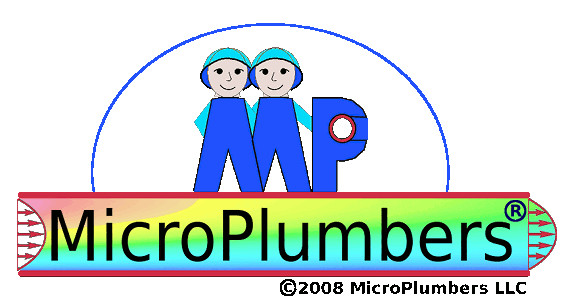
<p><b>PURPOSE: </b>The purpose of this work is to study the potential of micelles prepared from amphiphilic polyethelene glycol/phosphatidylethanolamine (PEG-PE) conjugates as a particulate drug delivery system capable of accumulation in tumors via the enhanced permeability and retention (EPR) effect.</p><p><b>METHODS: </b>Micelles were prepared from PEGs of different molecular lengths conjugated with PE. The micelles were characterized by fluorescence-based critical micellization concentration (CMC) measure ments, dynamic light scattering, and HPLC. Blood clearance an tumor accumulation of 111In-labeled micelles were studied in mic with subcutaneously established Lewis lung carcinoma (LLC) and EL4 T lymphoma (EL4) tumors.</p><p><b>RESULTS: </b>Various versions of PEG-PE conjugates with PEG blocks ranging from 750 to 5000 Da formed very stable low CMC micelles at all concentrations down to 10(-5) M. The size of the micelles varie between 7 and 35 nm depending on the length of the PEG block. Micelles remained intact after prolonged incubation with the blood serum. Upon intravenous administration into mice, the micelles demonstrated circulation longevity, and they efficiently and selectively accumulated in both subcutaneous Lewis lung carcinoma and EL4 T lymphoma tumors.</p><p><b>CONCLUSIONS: </b>PEG-PE conjugates form very stable, long-circulating micelles. These micelles efficiently accumulate in tumors in vivo an may potentially be used as a tumor-specific delivery system for poorly soluble anticancer drugs.</p>